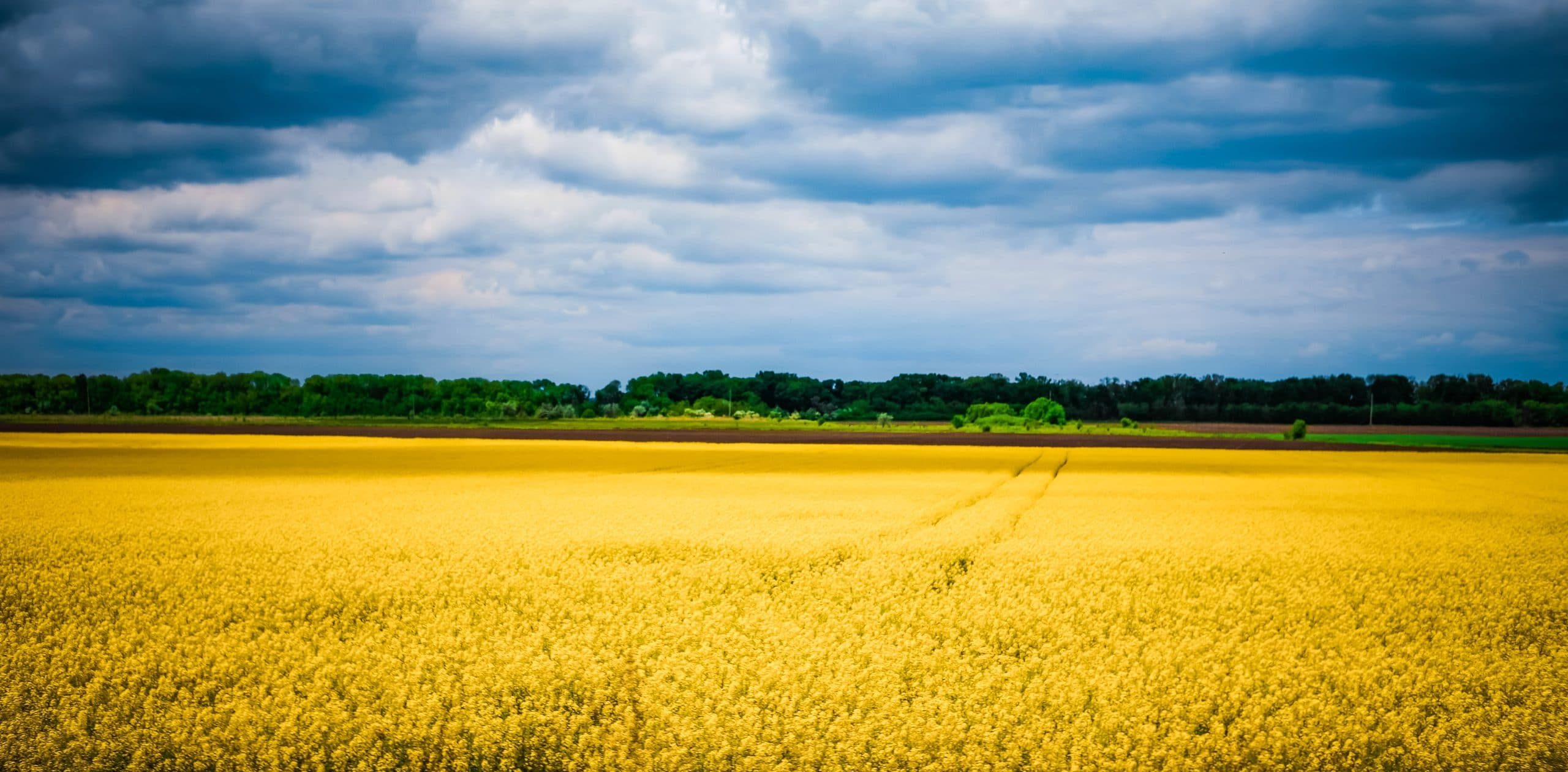 Richard Armitage is a GP and Public Health Specialty Registrar, and Honorary Assistant Professor at the University of Nottingham’s Academic Unit of Population and Lifespan Sciences. He is currently providing primary care to internally displaced people in the east of Ukraine. He is on twitter: @drricharmitage
Richard Armitage is a GP and Public Health Specialty Registrar, and Honorary Assistant Professor at the University of Nottingham’s Academic Unit of Population and Lifespan Sciences. He is currently providing primary care to internally displaced people in the east of Ukraine. He is on twitter: @drricharmitage
Ukraine reported its highest daily number of new confirmed COVID-19 cases on 10 February 2022. In the evolving context of the Russian invasion that commenced on 24 February 2022, Ukraine has reported no daily COVID-19 testing data since 18 February 2022, and no daily new confirmed COVID-19 case data since 03 March 2022.1 However, as the country defends itself against Russian aggression, its battlefront against COVID-19 continues to rage, and is likely to intensify because of the conflict.
Ukraine reported its highest daily number of new confirmed COVID-19 cases on 10 February 2022.
War broke out on a background of rising COVID-19 infections in Ukraine responsible for around 250 confirmed daily deaths, and a relatively low population coverage of COVID-19 vaccination (only 36.3% of those eligible had received at least one dose of COVID-19 vaccine by 27 February 2022).1 This stands atop concerning background rates of non-communicable (especially cardiovascular, respiratory, and diabetes) and communicable diseases (especially HIV, tuberculosis, and viral hepatitis)2 managed in an over-stretched and under reform state-funded health system.3
The risk to Ukrainian public health posed by COVID-19 is dramatically emphasised by Russian hostilities. Thousands of Ukrainian residents have spent multiple weeks sheltering in under-ventilated and over-crowded underground spaces with inherent exposure to greatly increased risk of viral transmission. Above ground, the healthcare facilities required to treat those with severe COVID-19 infection are either unsafe to access or no longer standing.4
The risk to Ukrainian public health posed by COVID-19 is dramatically emphasised by Russian hostilities.
The mass human migration from cities in the east has generated 7 million internally displaced people (IDP) within Ukraine,5 many of whom now reside in temporary evacuee centres fashioned from repurposed schools, nurseries and gymnasiums. These facilities are grossly over-crowded, house populations with disproportionate burdens of existing disease, and accommodate those with significant risk factors for viral transmission including malnutrition, extremes of age, and uncontrolled chronic disease.6 Similar conditions face a substantial proportion of the 5 million Ukrainian refugees who now reside in temporary facilities in neighbouring European countries.7 Under such conditions, COVID-19 outbreaks are increasingly probable within these vulnerable populations and their hosting communities. Concurrently, the vast scale of migration places immense pressure on existing health services in both Ukraine and receiving countries, thereby raising additional barriers to high-quality healthcare that subsequently increases COVID-19 morbidity and mortality.
The humanitarian crisis sparked by Russia’s invasion of Ukraine is being compounded by the conflict’s impact on COVID-19. The global public health community must urgently support Ukraine’s pandemic response – including vaccination, testing, and protection of IDP and refugees – and join its battlefront with COVID-19.
References
- Our World in Data. Coronavirus: Ukraine. https://ourworldindata.org/coronavirus/country/ukraine [accessed 20 April 2022]
- A Kamenshchikova et al. Health-care provision for displaced populations arriving from Ukraine. The Lancet Infectious Diseases 08 April 2022. DOI: 10.1016/S1473-3099(22)00225-0
- P Romaniuk and T Semigina. Ukrainian health care system and its chances for successful transition from Soviet legacies. Globalization and Health 2018; 14(116). DOI: 10.1186/s12992-018-0439-5
- S Ahsan. Seeking accountablity for Ukraine health-care attacks. The Lancet 26 March 2022; 399(10331): 1215-1216. DOI: 10.1016/S0140-6736(22)00569-4
- IOM. Migration Data Portal: Ukraine. https://www.migrationdataportal.org/ukraine/crisis-movements [accessed 20 April 2022]
- B Armocida et al. Older people: forgotten victims amid the Ukrainian humanitarian disaster. The Lancet Public Health 06 April 2022. DOI: 10.1016/S2468-2667(22)00087-1
- UNHCR. Operational Data Portal: Ukrainian Refugee Situation. https://data2.unhcr.org/en/situations/ukraine [accessed 20 April 2022]
Featured image by Olga Subach on Unsplash






